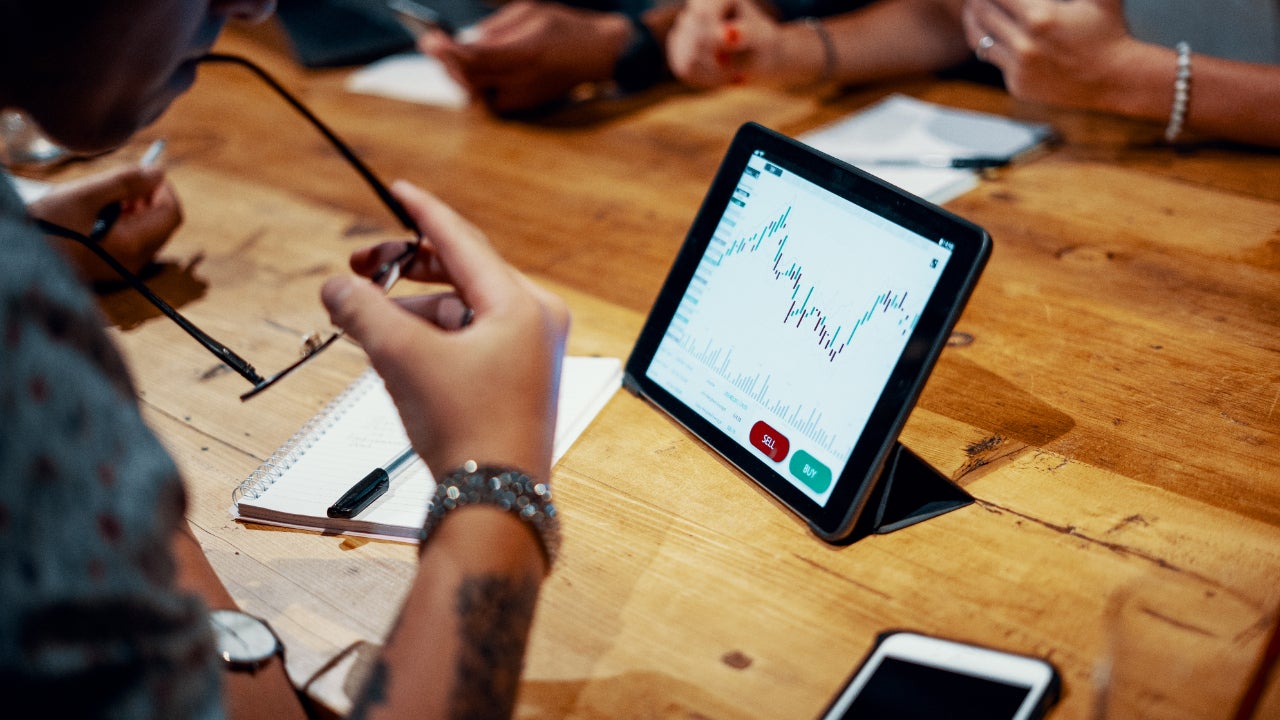How to buy cryptocurrency

The cryptocurrency market is known to experience extreme ups and downs, yet these digital assets have gained in popularity over the last few years. Thanks to their growing adoption, investors now have more options when it comes to buying cryptocurrencies.
If you’re interested in buying crypto, here’s what you need to know and how to go about it.
4 steps to buy crypto
Before you think about buying crypto, you may want to revisit your overall financial situation and prioritize having an emergency fund, a manageable level of debt and a diversified portfolio of investments in place first.
Because crypto is so volatile, any investments you make should be part of a broader investment strategy — not your only one — to offset any losses. Consider only investing what you can afford to lose.
If you’re ready to buy crypto, here are four steps to get you started.
1. Pick where you want to buy crypto
First things first, decide what platform you want to purchase the coins on. The most accessible option is a crypto exchange.
- Crypto exchanges have the biggest selection of cryptocurrencies and tend to be the most competitive when it comes to offering lower prices. Some of the most popular exchanges include Coinbase, Kraken and Binance, but there are many more.
- Peer-to-peer payment apps, such as Cash App or PayPal, also allow you to buy crypto. Fees for these transfers can vary based on the platform. If you buy Bitcoin through Cash App, for example, and spend $10 to $100, you may be charged a 2.25 percent fee.
- Traditional brokers are another way to buy crypto. With an online broker, you’re able to buy cryptocurrency and potentially keep your other assets under the same roof.
2. Create and fund an account
Once you’ve decided where to buy your coins, it’s time to open an account. For most online brokers and exchanges, you’ll need to provide basic personal information about yourself. You may be asked things like what your Social Security number is and your birth date to verify your identity.
Once you complete the profile, you’ll fund your account by attaching a payment method. You may use a credit or debit card or your bank account information.
3. Decide what crypto to buy
After funding your account, it’s time to decide what crypto to buy. There are tens of thousands of cryptocurrencies, though some platforms only offer specific coins, so take the time to research coins you’re interested in buying and the differences between them.
The two most popular cryptocurrencies are Bitcoin and Ethereum. Bitcoin, the original cryptocurrency, has a market capitalization of nearly $1.15 trillion. Ethereum is the second-most-popular coin, with a market cap of close to $296 billion, and is known for its smart contract feature.
Coins with a large market cap tend to be more stable compared to smaller, more speculative alt coins that offer growth potential but higher volatility and less liquidity. Beginners may want to consider sticking with well-known, higher-liquidity coins. More experienced investors may want to explore newer crypto projects.
Regardless of the coin type and your level of experience, remember that crypto is incredibly speculative and only invest money you’re willing to lose.
4. Choose a crypto wallet
You’ll need a crypto wallet to engage in any type of crypto transaction. Depending on what platform you use, some exchanges offer digital wallets where users can store the coins they purchase within the platform. Other platforms require an external wallet to store your coins offline.
Wallets within an exchange offer easy use and access, while external wallets offer more control and security.
It’s essential to understand the different types of wallets so that you can make an informed decision on where to keep your crypto once you buy it.
- Software wallet
-
With a software wallet, you manage and protect your crypto holdings with private keys via software on your desktop, through a browser extension or mobile app that connects to a crypto’s blockchain to make a transaction. Software wallets — also called hot wallets — are connected to the internet.
- Hardware wallet
-
With a hardware wallet, you store the private access keys to your wallet offline on a USB drive or other storage device. You only connect a hardware wallet — also called a cold wallet — to the internet to make a transaction, which guards against electronic theft.
The type of wallet you choose ultimately comes down to the amount of security you prefer and the level of accessibility you want. A wallet on your phone through an app like Robinhood, for example, may be easier for you to access than a USB. Ultimately, it’s an individual preference.
Is buying crypto a good investment?
The risk and volatility that come with investing in cryptocurrency can’t be overstated. Crypto prices are volatile because they aren’t backed by hard assets or cash flow. Instead, speculation and sentiment drive the market. It bears repeating: You should only invest money you’re comfortable with losing.
Crypto is a high-risk asset that also has other liabilities, such as cybersecurity risks and regulatory challenges.
Bottom line
Before you buy crypto, have your ducks in a row — at least when it comes to your finances. Know that any crypto you buy should be part of a bigger investment strategy and prices are only driven by what other investors are willing to pay for crypto coins. Once you’re ready, you can head to a crypto exchange, peer-to-peer platform or broker to buy coins. Be sure to have your personal information and credit or debit card handy.
Editorial Disclaimer: All investors are advised to conduct their own independent research into investment strategies before making an investment decision. In addition, investors are advised that past investment product performance is no guarantee of future price appreciation.






